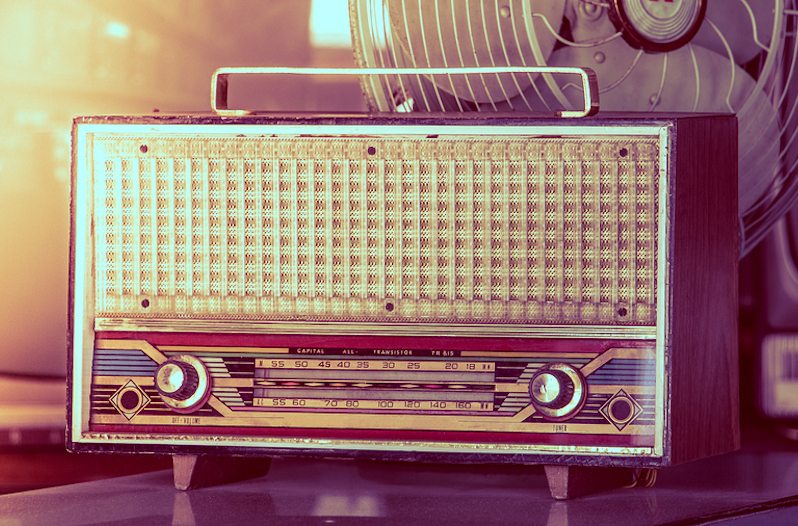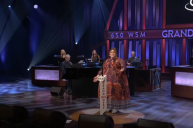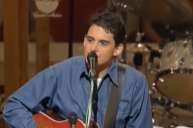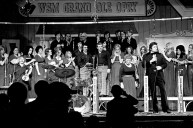When you think of the origins of country music's widespread popularity, you might think of WSM's weekly broadcast of the Grand Ole Opry. But beginning in the 1930s there was a series of hugely popular country music radio broadcasts from a place far from Nashville. Border radio, named for the unregulated American radio industry that broadcast from high-powered radio transmitters in Mexico, became an outlet for early country music artists.
50,000 Watts Out of Mexico
Known as "border blasters," Mexican radio transmitters were utilized by broadcasters who were denied a license to broadcast in the U.S. The first border radio station, XED, was launched in 1930 and broadcast from Reynosa, Tamaulipas. Station owner Will Horwitz happened to be friends with the father of country music, Jimmie Rodgers. Rodgers' performances on the station introduced his music to a generation of young country music fans.
Outlaw radio legends like John R. Brinkley and former Texas governor Lee "Pappy" O'Daniel helped border radio grow in popularity. Known as "X" stations, the stations became known for their unconventional advertising, turning broadcasters into the snake oil salesmen of their time. Brinkley peddled his goat gland transplant method (a 1930s version of Viagra.) O'Daniel promoted himself, his Hillbilly Flour Company and his band, the Hillbilly Boys.
In between commercials for everything from dashboard Jesus statues to so-called miracle potions, country artists such as Slim Rinehart, Patsy Montana and the Carter Family reigned.
According to country music historian Charles K. Wolfe, the Carter Family gained their largest audience through border radio stations. Sponsored by cold medicine and hair dye, the Carter Family gained nationwide fame on the X stations. Both Johnny Cash and Waylon Jennings have said they grew up listening to the Carter Family on border broadcasts.
Because rural folks made up the bulk of border radio listeners, country music programming was a no-brainer. Legendary country artist Hank Thompson said while he was growing up in Waco in the '30s, border radio stations were the only stations where you could hear country and western music "most all of the time."
Beyond Borders
Border radio's greatest asset was the sheer reach of its signal. Free from U.S. regulation, signals ranged from 50,000 to 500,000 watts. Listeners could often hear radio signals coming through barb wire fences, bed springs and dental work. The signal was so powerful that the "X" stations would often overpower stations broadcasting from American soil. Signals from border radio stations could sometimes be heard as far away as Russia.
Perhaps the greatest radio star to come out of border radio was Wolfman Jack. Broadcasting out of Ciudad Acuña, Wolfman Jack gained notoriety for his off-the-wall delivery and on air antics. Influential Texas country artist Joe Ely has said the first time he heard Muddy Waters and Lightin' Hopkins was while listening to Wolfman Jack's radio show in Lubbock.
The stations also introduced larger audiences to Mexican and Mexican-American artists, such as Lydia Mendoza.
Artists such as The Fabulous Thunderbirds, The Blasters and ZZ Top, who blended country, rock and blues, were heavily influenced by the sounds of border radio and went on to pay tribute to the stations in song.
Border radio died out in the 1980s, after the U.S. and Mexico agreed to let broadcasters from both countries use the other country's frequencies. The days of high-powered, far-reaching radio signals came to an end. But the rebellious spirit of the X stations lives on in the artists who were inspired by music not bound by borders.




